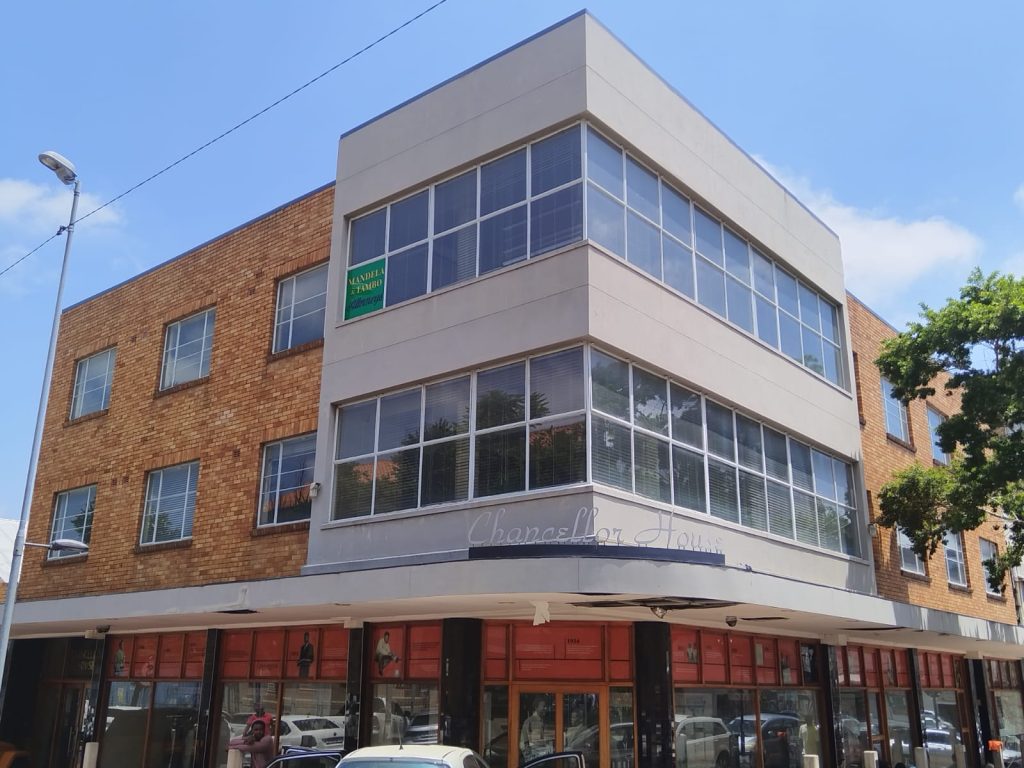
The work was financed by the JDA and was commissioned through a closed call to five leading contemporary artists, each of whom submitted designs and proposals, from which van den Berg’s submission was selected by a specially convened panel of judges.
The installation of the work was completed in 2007. The work is situated at one of the major entry points into the inner city, as Jan Smuts Avenue comes to an end in Braamfontein. It faces west, toward one of the largest universities in the country, WITS, an institution where the artist taught during the 1980s and 1990s.
The Eland sculpture is constructed out of cast concrete, with metal and other materials integrated into the structure. Metal vessels incorporated into the structure contain living indigenous plants.
The work was conceptualised and designed by Clive van Den Berg, a leading South African contemporary artist, curator and educator, born in Kitwe, Zambia in 1956.
The brief for the work required the artist to produce an iconic work that would mark entry into the inner city via Braamfontein. Van den Berg was interested in producing a work which would explore what he calls “the geography of memory and spirit”.
Van den Berg stated “... Eland places a large representation of an eland on a corner where it has long since disappeared. This slightly forlorn image of a majestic animal would, I imagine, bring beauty and grandeur to a busy place. I hope it would also be an emblem that prompts reflection on our relationship to the past, and to the interconnectedness of environmental, cultural and spiritual destinies.”
The work was financed by the JDA and was commissioned through a closed call to five leading contemporary artists, each of whom submitted designs and proposals, from which van den Berg’s submission was selected by a specially convened panel of judges.
The installation of the work was completed in 2007. The work is situated at one of the major entry points into the inner city, as Jan Smuts Avenue comes to an end in Braamfontein. It faces west, toward one of the largest universities in the country, WITS, an institution where the artist taught during the 1980s and 1990s.

A culmination of research gathered over many years, the Online Johannesburg Heritage Register is being launched on Nelson Mandela Day 18 July 2025.
Among the many heritage sites featured is Chancellor House, the downtown offices of Mandela and Tambo Attorneys in the 1950s. After having been vacant and shuttered for more than a decade, this iconic building is being revived and brought to life once again as offices for the Community Development Department, which oversees the City’s Arts, Culture & Heritage Services.